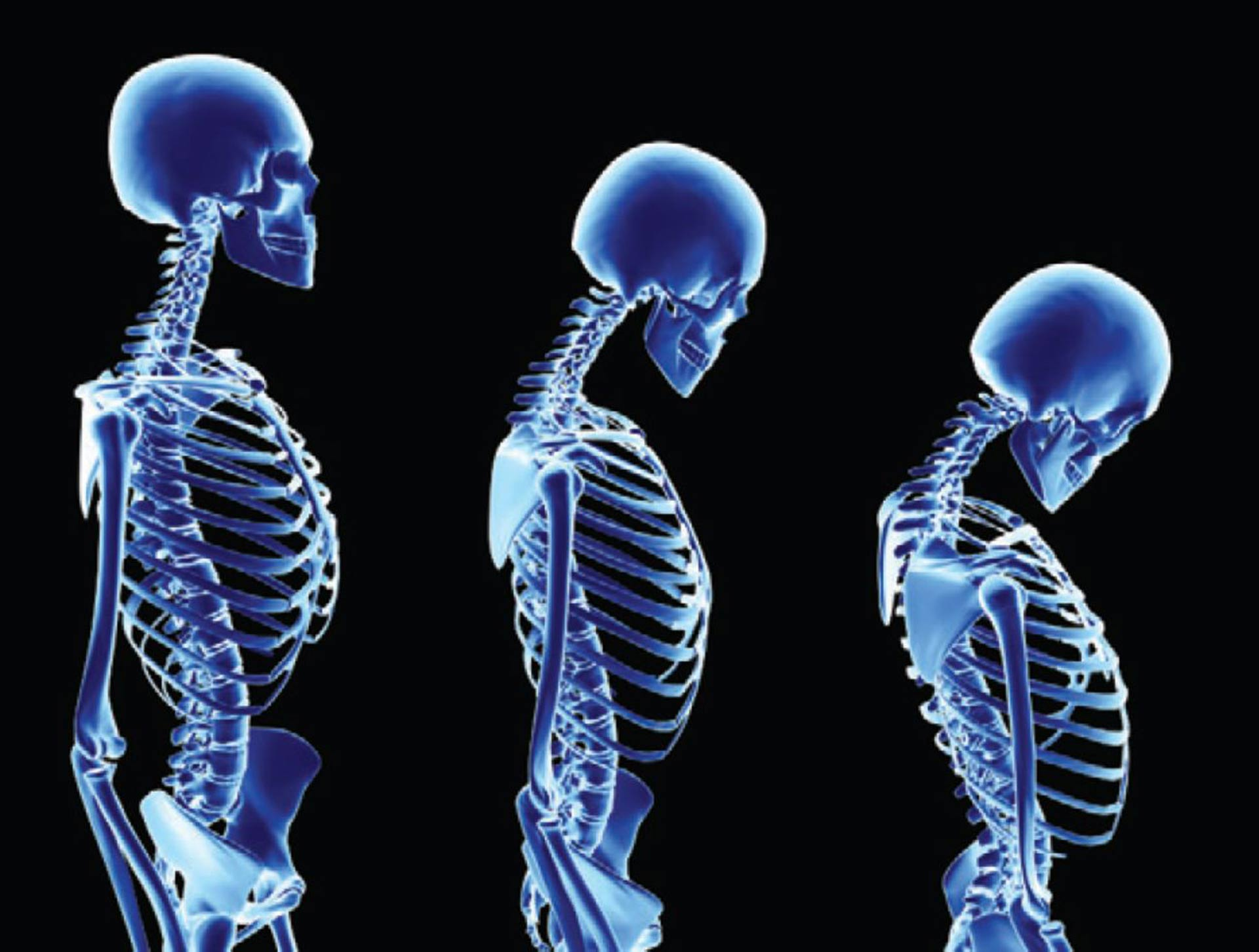
How can you increase your bone density and keep them healthy
Treating osteoporosis means stopping the bone loss and rebuilding bone to prevent breaks. Following 10 Natural Ways to Build Healthy Bones:
1. Boost calcium consumption:
Calcium is essential for the proper development of teeth and bones, make sure you consume enough of this nutrient. Sources of calcium: sardines and canned salmon, soybeans and tofu, almonds, cheese, milk, spinach, and orange juice.
2. Don’t forget vitamin D:
Vitamin D is one of the most important micronutrients in our bodies. it’s produced in your body when you’re exposed to sunlight. Vitamin D is involved in numerous processes, including brain function. It’s essential for healthy bones and teeth simply because it helps to absorb Calcium. Even if you get enough calcium but not enough vitamin D, you are still at risk of getting osteoporosis and osteomalacia (softening of the bones).
Sources of vitamin D: fatty fish like tuna and salmon, dairy products, cereals, beef liver, cheese, and eggs.
3. Keep your normal weight:
The best option here is to maintain your regular weight. Never go on a crash diet or a low-calorie diet, and try not to put on too much weight, especially in short periods of time. Adopt a healthy lifestyle while keeping physically active.
4. Make exercise a priority:
Most effective exercise: Weight-bearing exercises like running, walking, jumping rope, skiing, and stair climbing keep bones stronger
5. Quit smoking:
Recent studies show that nicotine has a direct negative impact on bone density. Start with reducing the amount of nicotine you get every day until you feel like quitting for good. Not only will your bones thank you, but your entire body will benefit from it.
6. Consume less caffeine:
Studies suggest that caffeine (when taken in large amounts) is responsible for reduced bone mass and increased fractures because it has negative effects on calcium absorption. Doctors assure us that it’s safe for an average adult to have up to 400 mg of caffeine (4 cups of brewed coffee) a day. If you drink more than that, your bones might suffer from it.
7. Your bones need Omega-3:
Omega-3 fatty acids have a significant effect on bone mineral density. hey boost the production of bone-forming cells called osteoblasts. Plus, polyunsaturated fatty acids can help reduce joint pain from osteoporosis and rheumatoid arthritis.
Sources of Omega-3: fatty fish like mackerel, seafood, walnuts, chia seeds.
8. Consider taking a collagen supplement:
Did you know that your organic bone mass is 90% collagen? As you age, in addition to the loss of bone density, the collagen level in your body reduces dramatically, which may eventually lead to brittle bones and fractures.
Sources of collagen: bone broth, gelatin, bell peppers, citrus fruits, eggs, pumpkin seeds, etc. But since it’s very hard to get the required amount of collagen from these products, you may want to try the supplements and follow the directions on how much to take. Consult your doctor.
9. Consume enough protein:
Calcium and protein work together to maintain your bone health. But before going on a high-protein diet, consult your doctor because too much protein can lead to serious health problems.
Sources of protein: seafood, white-meat poultry, milk, cheese, eggs, beans.
10. Limit your salt intake:
Most of us get sodium from regular table salt, which is bad because salt causes a loss of calcium which can eventually lead to weak, brittle bones. So, in order to prevent osteoporosis, try to reconsider your diet — and your sodium intake in particular. The ideal limit of no more than 1,500 mg per day for most adults. Also, it is important to know your family history. If either of your parents has been diagnosed with osteoporosis, it means you also have a genetic disposition to get the disease.
Studies prove that women (age 50+) have 4 times a higher rate of osteoporosis than men of the same age. Generally, after we turn 30, we start to lose bone mass, it’s probably the best time to finally adopt a healthy lifestyle and realize the importance of regular physical activity.

 English
English Arabic
Arabic


